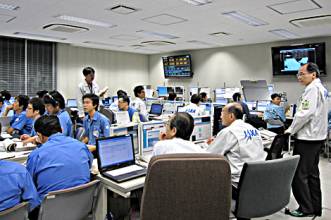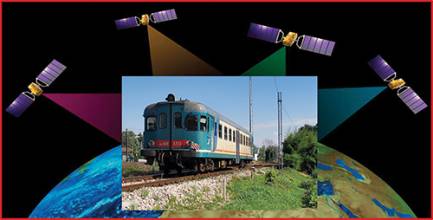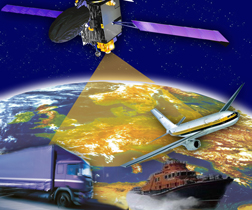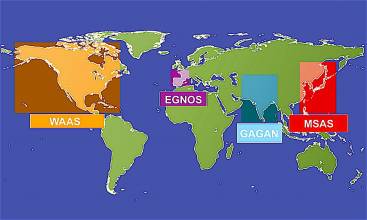Japan’s Second Michibiki Satellite Will Boost QZSS
 Michibiki launch control room during the first launch in 2010. (JAXA photo)
Michibiki launch control room during the first launch in 2010. (JAXA photo)Officials at the Tsukuba Space Center of the Japan Aerospace Exploration Agency (JAXA) announced that the second satellite in the Japanese Quasi-Zenith Satellite System (QZSS) is scheduled for launch in June.
Designed to boost the accuracy and reception of the existing GPS system for Japan, a new version of a satellite that will orbit directly over the Japanese archipelago was unveiled last week. It will improve the existing GPS and provide a better positioning reading for the people in Japan.
By Inside GNSS





























